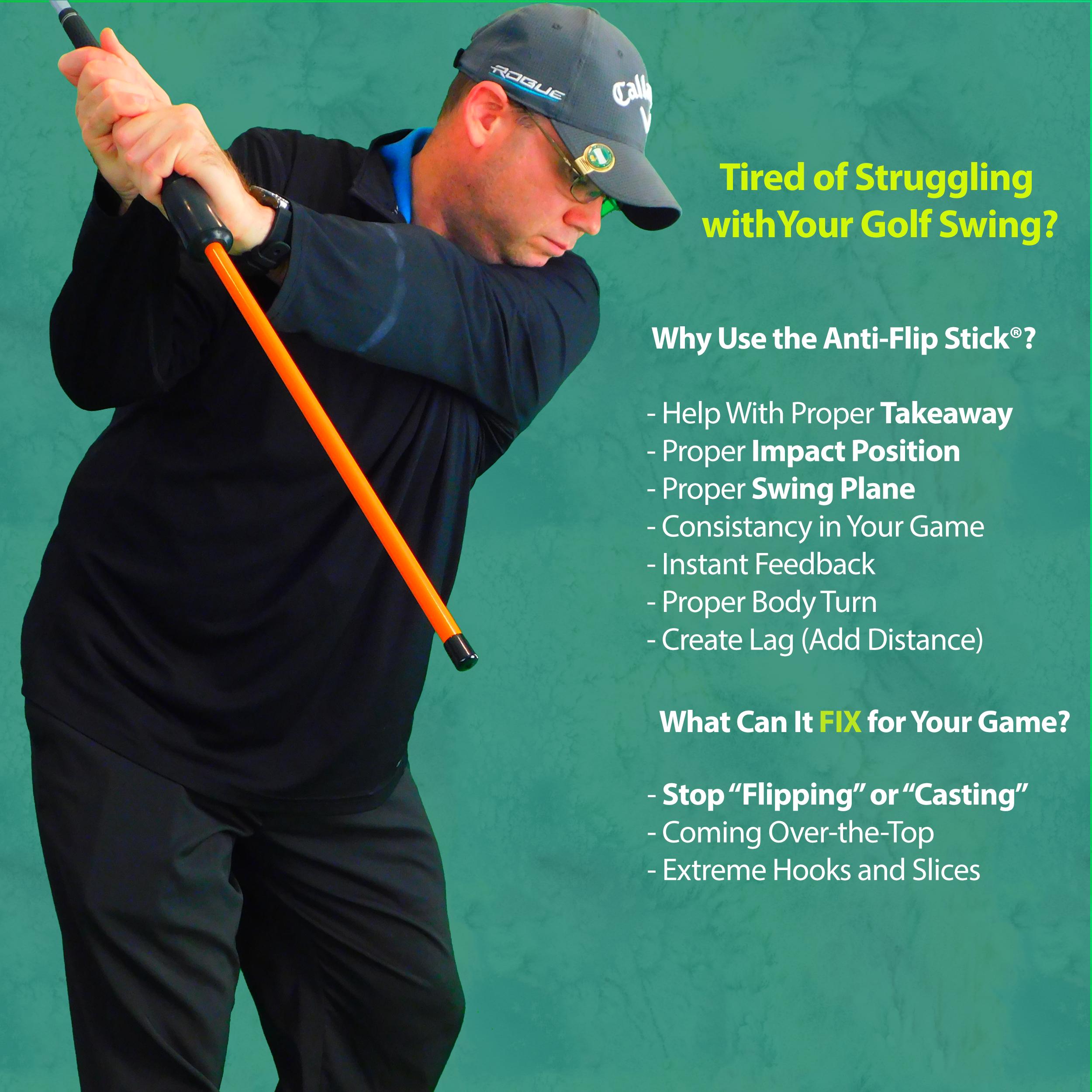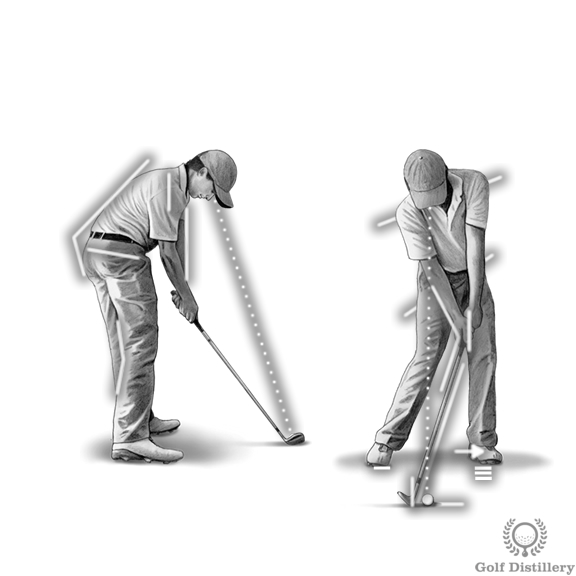
In the golf swing, the downswing is one of the most crucial movements. If you are unsure how to start it, you can squat at its beginning and unhinge your wrists. But before you begin, you need to know exactly what these movements mean. You must learn how to properly practice these movements in order to achieve the desired result. Here are some tips for you to follow to make the best downswing possible.
Squat in the beginning of the downswing
Squat when you begin your downswing on golf. This is a normal part, and you shouldn't train out of it. Your legs should push the ground off of your feet to feel correct and comfortable. Water skiers and snowboarders use the legs to spring up. When you are near contact, your legs should also spring up.
Unhinge wrists
The wrists should be hinged during the transition from the backswing into the downswing. Your lower body will direct you down the slope as your upper body moves backwards from momentum. When the shaft bends, the wrists re-coil. You may not be able to downswing if your wrists don't hinge as early as you should.

Unhinge hips
Many golfers with low handicaps unhinge at the bottom of their downswings to generate more swing power. But this technique can also make your golf swing a bit less efficient. Start by moving your upper-body slightly forward on the downswing. Once you have your upper body moving smoothly, the lower body will synchronize with it, and you will be in the perfect impact position.
Unhinge wrists at the end of the downswing
For the proper swing plane, the right arm should be straight in the downswing. Also, keep your front heel flat on the ground and point your front knee toward the ball. Once you reach impact, your clubhead should be traveling at maximum velocity through the ball. As tension can interfere with the ball's release, your hands and arms should not be held in tension. Instead, let the clubhead move as naturally as possible.
Forearms "under"
Amateur golfers are often not using their upper body properly. Instead of using their lower bodies, they start the downswing with more power from their upper body. This results in massive power loss. Your right hand is the "speedarm" of the downswing. It transfers momentum from your backswing to your downswing. If your right arm is rotated inward, it will cause a steep fall and less power at impact.
Forearms "over”
During the downswing, it is important for golfers to rotate their forearms clockwise, as opposed to "under" on the upswing. Rotating your forearms counterclockwise allows the clubhead to reach the body earlier, hitting the ball from the inside. When the hands start to fall during the downswing release them. During impact, and the follow-through, your forearms will naturally move counterclockwise.

Club faces control during the downswing
There are several ways to control your club face during the downswing of golf. These techniques are used by many professional golfers. The first thing to do is square the clubface at impact. This is where the ball will contact the club. The clubface angles will differ between high-level players. However, the face squared at impact is the same.
FAQ
What items should I take with me on a golf vacation?
You should bring snacks and beverages. Make sure to bring snacks and drinks.
Can I learn how to play golf?
Yes. You can learn to play golf at many schools. You will need to purchase new equipment like a set of golf clubs.
Is there any skill required to play the game of golf?
No. All you need to do is bring a pair of walking boots, a towel and a few clubs.
How does golf work?
The game of golf is played on an 18-hole course using a set of rules called the Rules of Golf.
The first stroke begins from behind the designated teeing areas. Players alternate hitting balls into holes that are at different distances from the teeing area. Each hole has a different number of strokes, depending on how far it is from the teeing area.
There are three main types of shots used in the game of golf:
-
Drive shots are where players use clubs to hit a ball as far as they can. This shot is considered to be the most important.
-
Players must aim for the ball in a specific area of the hole when they attempt an approach shot.
-
A putt in which players attempt to sink the ball down into the cup through rolling it along with the ground.
A player must complete each hole without missing any of his/her own putts. If a player fails to do this, he/she loses one stroke for each unmade putt.
It is possible for players to choose to play alongside a caddy or partner. This person will be responsible for carrying their club throughout a round. While the caddie is not usually involved in the decision making process, they can provide advice on strategy and etiquette.
How often should I go to the golf course?
It depends on the amount of time you have. Most people recommend that you practice two times per week.
If you are serious about becoming an expert golfer, you should aim to play four times per week.
Statistics
- In the United States, women made up 25 percent of golfers in 2021, which was up from 19 percent in 2011, and junior female golfers account for 35 percent or 1.1 million golfers.[50] (en.wikipedia.org)
- Professional golfers typically make between 60% and 70% of greens in regulation. (en.wikipedia.org)
- Buying a set of Titleist or Taylor-Made irons for nearly $1,000 is simply not necessary and likely a waste of money. (golficity.com)
- They do this by means of assessing and rating courses according to the average good score of a "bogey golfer," a player with a handicap of around 20. (en.wikipedia.org)
External Links
How To
How can you play better golf when the wind blows?
Golf is an outdoor sport played in open spaces and on well-kept grassy fields. It is one of the most popular sports around the globe. There are many golf courses around the globe, from public parks to private clubs. Indoors, like indoor arenas and shopping malls, you can also play golf. The game is played on a series or holes. Players must hit the balls into these holes. Each hole features a fairway and rough, hazards (e.g.. water), and a teebox. Players use either a driver, wedge, long iron, or putter, depending upon the type of shot required. The rules may dictate that players must carry the ball at a certain distance before hitting the ball. Others may not have to do so. When playing outdoor golf, various conditions affect how the player hits his/her shots. These conditions include wind speed, temperature, humidity, visibility, and visibility.
There are two main types, crosswinds & headwinds. Headwinds blow from the right to the left and crosswinds are from the left. If the wind is blowing towards a golfer, it will blow against him/her. If the wind is blowing away, he/she'll be hitting with wind. The ball will travel higher and farther when there is strong wind, making it difficult to play golf. This makes it harder for the player controlling the ball's trajectory. Players try to compensate by keeping the club's face parallel to the ground. They strike the ball in a way that allows them to make full contact with it and get maximum power out of it. However, even though the ball flies lower in stronger wind, it travels farther due to increased air resistance.
Playing golf in the wind requires a lot of practice. As mentioned above, the wind affects the flight path of the ball. The wind affects the flight path of the ball. A skilled golfer will always be aware of this. He/She would adjust their swing accordingly to ensure that they hit the ball accurately and don't lose any energy. Another important factor to consider is the location of the wind. Wind does not travel in the same directions. For example, the breeze coming off the ocean is usually very light, but it is often stronger near the shoreline. The wind blows the closest to the ground, in the same way. Golfers need to pay particular attention to wind direction, intensity and other factors.
Playing golf in the wind means that your swing must be adjusted constantly. Your swing must be aligned correctly and you need to keep an eye on the wind. Also, you have to learn how to read the wind and adapt your swing accordingly.